Table of Contents
- Introduction: Science-Backed Health Benefits of Black Cumin Seeds
- What Are Black Cumin Seeds?
- Flavor Profile and Culinary Uses
- Why You Should Care About Their Health Benefits
- How to Use Them in Everyday Cooking
- Buying Guide: Choosing the Best Black Cumin Seeds
- Storage Tips: Keep Them Fresh Longer
- Top 5 Flavor Pairings with Black Cumin Seeds
- FAQs: Your Most Common Questions Answered
- Conclusion: Don't Let These Seeds Go Unused!
Introduction: Science-Backed Health Benefits of Black Cumin Seeds
Black cumin seeds (Nigella sativa), also known as kala jeera, are a powerful spice with scientifically-backed health benefits. Research shows these tiny seeds may help boost immunity, support digestion, and improve blood sugar control. In this guide, we'll explore evidence-based health benefits of black cumin seeds, how to use them in cooking, and tips for buying and storing.
What Are Black Cumin Seeds?
Let's get one thing straight — black cumin seeds are NOT the same as regular cumin (Cuminum cyminum). While they may sound similar and share some flavor notes, black cumin comes from a completely different plant: Nigella sativa, which is part of the buttercup family.
| Characteristic | Black Cumin Seeds | Regular Cumin Seeds |
|---|---|---|
| Scientific Name | Nigella sativa | Cuminum cyminum |
| Color | Blackish-gray | Light brown |
| Taste | Earthy, peppery, slightly bitter | Warm, nutty, citrusy |
| Common Usage | Indian flatbreads, pickles, curries | Mexican, Middle Eastern, Mediterranean dishes |
Flavor Profile and Culinary Uses
If regular cumin is the bass guitar in a band, black cumin is the lead singer — bold, unique, and unforgettable. It brings an intense, almost smoky aroma that lingers on the palate. When toasted, its flavor becomes more rounded, revealing hints of citrus and pine, making it incredibly versatile.
- Flatbreads: A pinch goes a long way in naan, paratha, or even homemade sourdough.
- Pickling: Great for adding depth to homemade pickled vegetables.
- Curries & Stews: Used in Kashmiri cuisine for complex gravies.
- Rub for Roasting: Mix with salt and oil for meat or veggie roasts.
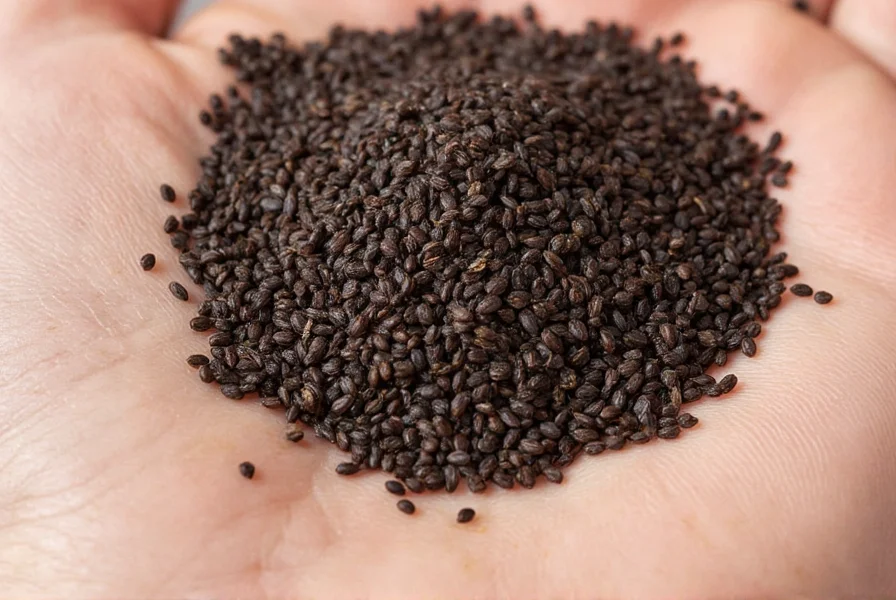
Why You Should Care About Their Health Benefits
Beyond the kitchen, black cumin seeds have been studied extensively for their health properties. Here's what science says about their benefits, based on research from reputable sources:
- Boosts Immunity: According to a study published in the Journal of Ethnopharmacology, black cumin seeds are rich in antioxidants like thymoquinone, which help fight free radicals and reduce oxidative stress.
- Supports Digestion: Research from the National Institutes of Health (NIH) indicates that black cumin seeds may help soothe bloating and gas when consumed in moderation.
- May Improve Blood Sugar Control: Studies published in the Journal of Medicinal Food suggest that black cumin seeds may help regulate blood sugar levels, particularly for people with type 2 diabetes.
- Skin Health: Traditionally used for skin healing, and modern research supports its use in topical treatments for conditions like eczema and acne.
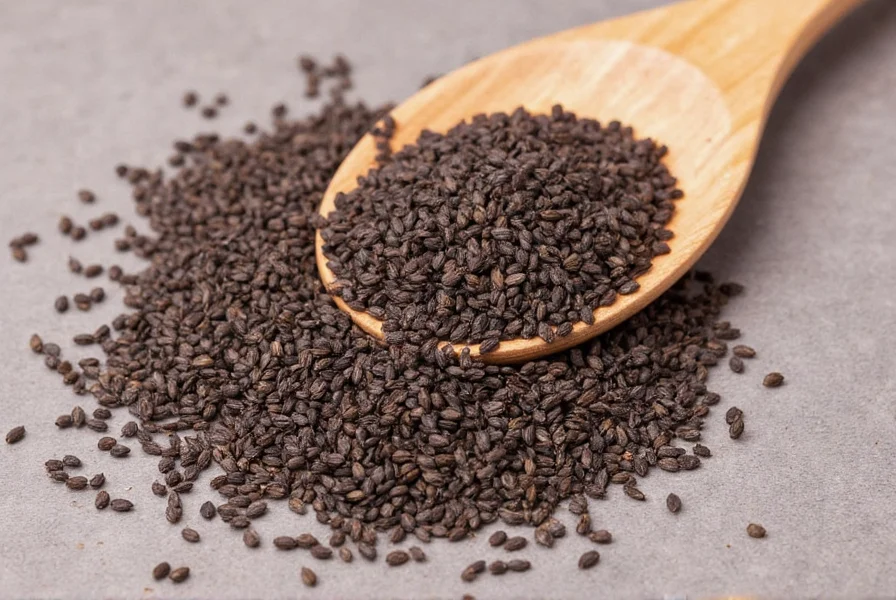
How to Use Them in Everyday Cooking
Ready to spice up your meals? Here are five fun and flavorful ways to start using black cumin seeds today:
- Kala Jeera Naan: Sprinkle a few seeds before baking for an authentic touch.
- Spiced Lentils: Toast the seeds in ghee first, then add to dal for extra depth.
- Salad Dressings: Crush lightly and mix into vinaigrettes for an exotic kick.
- Marinades: Combine with garlic, oil, and lemon juice for a powerful meat rub.
- Teas & Infusions: Add a pinch to herbal teas or warm milk for a soothing drink.
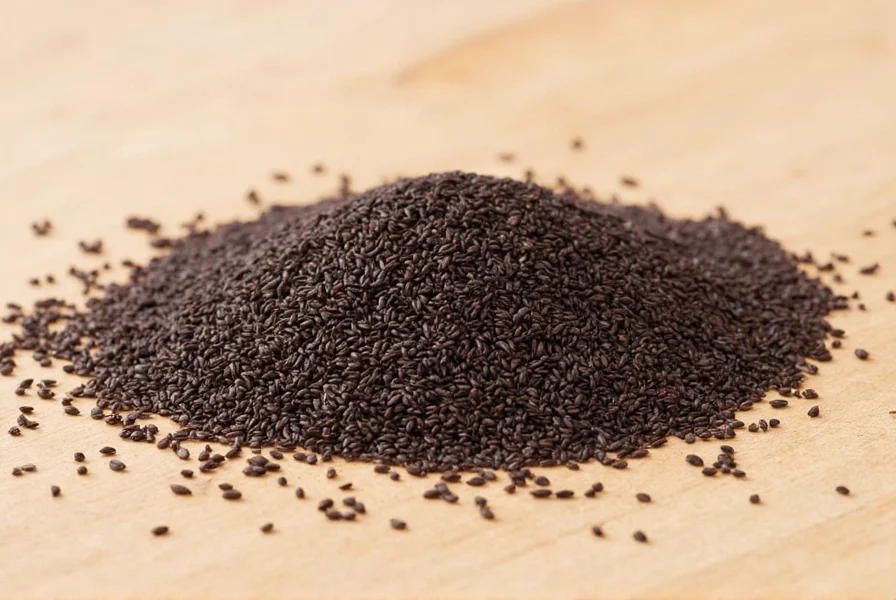
Buying Guide: Choosing the Best Black Cumin Seeds
Not all black cumin seeds are created equal. Here's how to find high-quality ones:
Things to Look For
- Freshness: Opt for seeds packed in airtight containers or vacuum-sealed bags.
- Aroma: Fresh seeds should smell pungent and slightly floral.
- Appearance: Uniform color without dust or debris.
- Origin: Indian or Middle Eastern varieties tend to be more potent.
Top Products to Consider
| Product | Features | Best For | Price Range |
|---|---|---|---|
| Organic Kala Jeera by Himalayan Roots | Non-GMO, certified organic, sustainably sourced | Health-conscious cooks and premium recipes | $8–$10 per 100g |
| Spice Garden Black Cumin Seeds | Whole seeds, no additives, affordable | Daily cooking and bulk usage | $4–$6 per 100g |
| Kashmiri Special Black Cumin | Regional variety, intensely aromatic | Traditional Kashmiri dishes and gourmet use | $10–$12 per 100g |
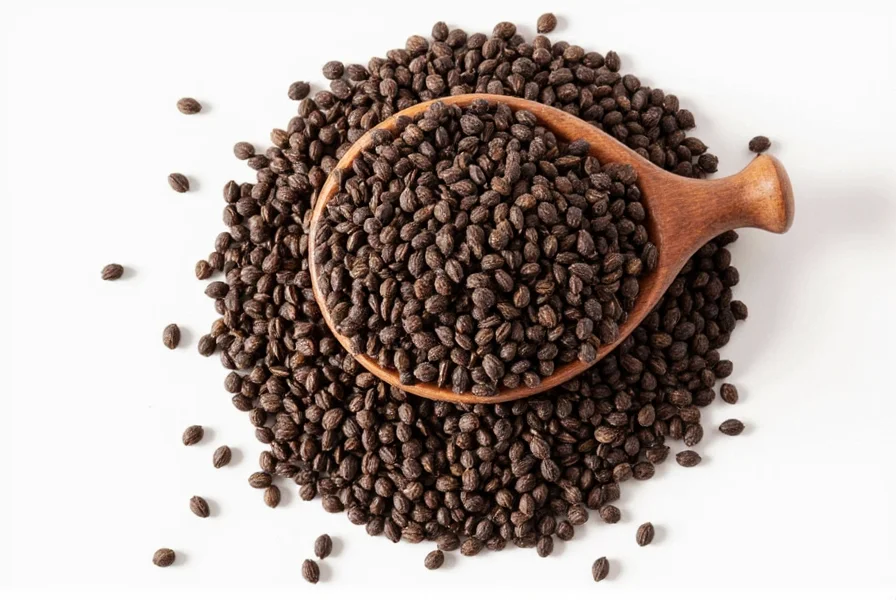
Storage Tips: Keep Them Fresh Longer
Want to make sure your black cumin stays fragrant and flavorful? Store them like a pro:
- Air-tight Containers: Glass jars with tight lids work best.
- Dark Storage: Keep them away from sunlight to prevent loss of potency.
- Buy in Moderation: Whole seeds last up to a year, but grinding them reduces shelf life.
- Refrigeration: Not necessary unless you live in a humid climate.
Top 5 Flavor Pairings with Black Cumin Seeds
Unlock new taste sensations by combining black cumin seeds with these ingredients:
- Ginger: Earthy + spicy = magic in stir-fries and soups.
- Garlic: Toast black cumin in ghee with garlic for an aromatic base.
- Lemon: Brightens up their bitterness — perfect for dressings and marinades.
- Yogurt: Swirl into raita or labneh for a spiced twist.
- Turmeric: Adds warmth and complexity to golden milks and curries.
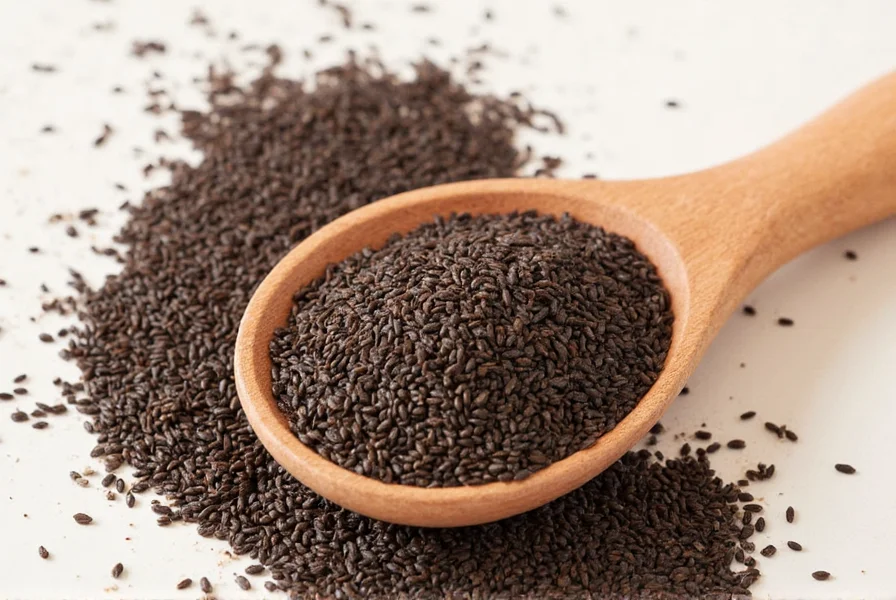
FAQs: Cooking with Black Cumin Seeds
Can I substitute black cumin seeds with regular cumin in recipes?
You can, but the flavor profile will change significantly. Black cumin offers a sharper, more intense, and slightly more bitter profile compared to regular cumin's warm, nutty flavor. If substituting, use about half the amount of black cumin and adjust other spices to balance the dish.
How much black cumin should I use in my recipes?
Start with 1/4 to 1/2 teaspoon for most dishes serving 4 people. Black cumin has a strong flavor, so it's best to begin with a small amount and adjust to taste. Remember, a little goes a long way with this potent spice!
When is the best time to add black cumin seeds during cooking?
For maximum flavor, toast the seeds in oil or ghee at the beginning of cooking to release their essential oils. In breads and flatbreads, sprinkle them on top before baking. For dressings or finishing touches, use them raw but lightly crushed.
What are the best dishes to use black cumin seeds in?
Black cumin shines in Indian flatbreads (naan, paratha), pickles, Kashmiri curries, lentil dishes (dal), and vegetable stir-fries. They also work well in cheese spreads, roasted vegetable dishes, and even in some bread recipes for a distinctive flavor.
How do I properly toast black cumin seeds?
Heat a dry skillet over medium-low heat. Add the seeds and toast for 1-2 minutes, shaking the pan frequently until they become fragrant and slightly darker. Be careful not to burn them, as they can go from perfectly toasted to bitter quickly.
What's the difference between black cumin and regular cumin for cooking?
Black cumin (Nigella sativa) has an earthy, peppery, slightly bitter profile with hints of onion and pine, while regular cumin (Cuminum cyminum) is warm, nutty, and citrusy. Black cumin works well in Indian and Middle Eastern breads and pickles, while regular cumin is more common in Mexican, North African, and Mediterranean cuisines.
Conclusion: Don't Let These Seeds Go Unused!
Black cumin seeds are more than just a garnish — they're a powerhouse of flavor and nutrition waiting to transform your cooking. From toast to teas, flatbreads to curries, they bring a depth and uniqueness that sets your food apart.
So next time you see those tiny black seeds in the spice aisle, don't walk past them. Grab a jar, roast a pinch, and experience why chefs and home cooks alike are falling in love with this ancient spice.










 浙公网安备
33010002000092号
浙公网安备
33010002000092号 浙B2-20120091-4
浙B2-20120091-4